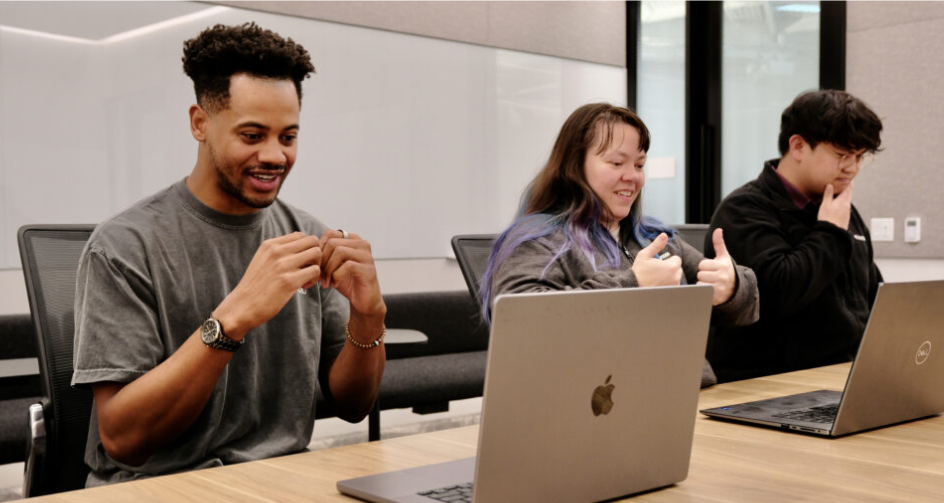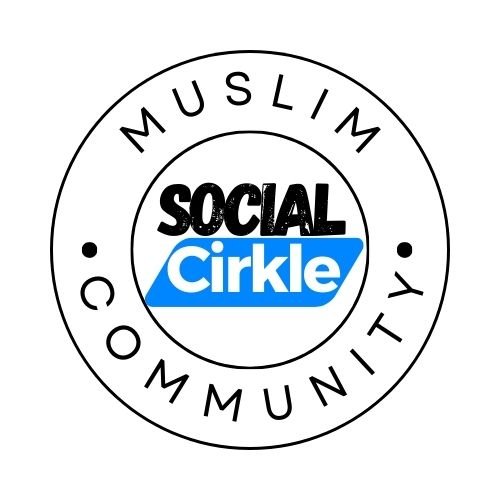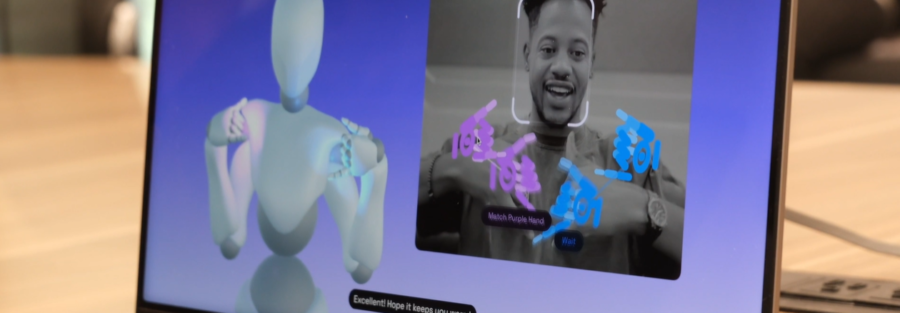Introduction
Nvidia, a leader in AI hardware and software, has launched Signs, an AI-powered platform for learning American Sign Language (ASL). Developed in collaboration with the American Society for Deaf Children and creative agency Hello Monday, the platform aims to make ASL learning more interactive, accessible, and effective for both beginners and fluent users.
How Signs Works
- Uses a 3D avatar to demonstrate ASL signs.
- Users keep their video cameras on while practicing.
- AI analyzes movements and provides real-time feedback.
- Launches with 100 signs, with plans to expand to 1,000.
- Free to use, with the ability for ASL speakers to contribute new signs to grow the database.
AI’s Role in Assistive Technology
Signs is part of a broader trend of AI-powered assistive technologies designed for deaf, blind, and physically disabled individuals. Other tech giants like Meta, Google, OpenAI, and Apple have used AI to enhance accessibility, including:
- AI-powered text-to-speech and object recognition for blind users.
- Eye-tracking navigation for physically disabled individuals.
- AI-enhanced speech recognition and transcription tools.

Nvidia’s Expansion Beyond AI Hardware
Traditionally known for producing the most powerful AI chips, Nvidia has been expanding into software and AI applications to diversify its business:
- Signs showcases Nvidia’s shift into practical AI-driven solutions beyond corporate customers.
- The company’s stock has surged 100% in the past year, reaching a $3.4 trillion valuation, largely due to its dominance in AI chips.
- Signs could serve as a foundation for future ASL-based AI applications, such as:
- AI-powered sign language recognition in video conferencing.
- Gesture control for smart devices and vehicles.
Future Innovations in ASL AI
Nvidia is already working on enhancements to make Signs even more effective:
- Incorporating non-manual signals like facial expressions and head movements, which are essential to ASL.
- Recognizing regional variations and ASL slang for better communication.
- Ensuring accessibility for hearing parents of deaf children, allowing early communication from six to eight months old.
Conclusion
Nvidia’s Signs platform is a major step forward in making ASL learning more accessible through AI. As AI continues to evolve, Nvidia’s role in assistive technology could reshape communication accessibility and create new AI-driven solutions for the deaf and hard-of-hearing community.





